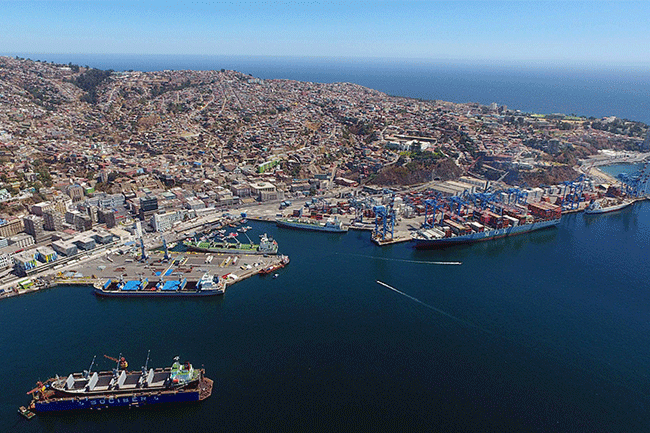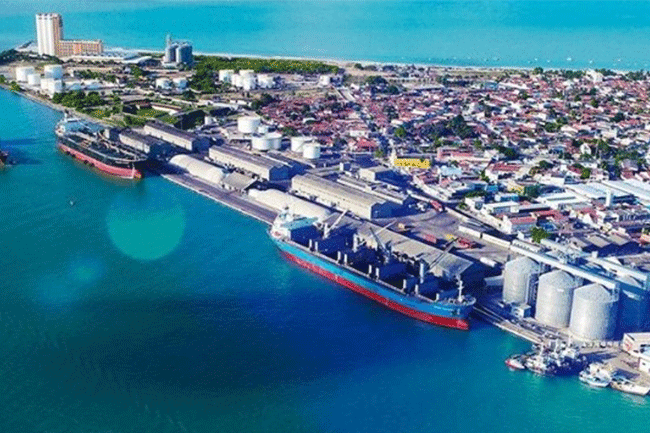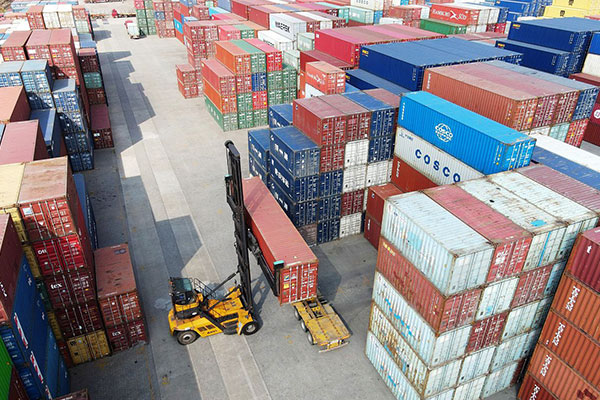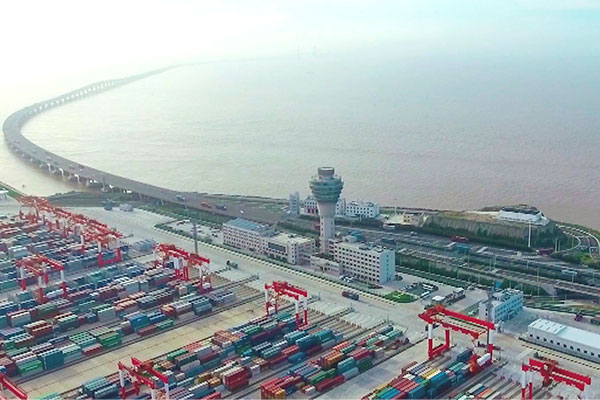- Shanghai Zhongshen International Trading Co., Ltd. – Your reliable partner with 20 years of import/export agency service expertise.

Why Bonded Zones Have Become the Preferred Gateway for Coffee Imports
Against the backdrop of the global coffee trade surpassing USD 50 billion in 2025, China’s bonded zones—thanks to their unique policy advantages—have become a strategic stronghold for coffee-importing enterprises. Latest figures from the General Administration of Customs show that beans imported through bonded zones now account for 37 % of total imports, up 21 percentage points from 2020.
The core value of a bonded zone is reflected in three dimensions:
- Cost control advantages: Defer customs duties and VAT payment until actual exit from the zone, reducing capital occupation.
- Timeliness Enhancement Mechanism: The pre-declaration system can reduce customs clearance time to within 72 hours.
- Operational flexibility: Supports customized services such as batch release from the zone and mixed assembly.
Key Milestones in the End-to-End Coffee Import Process
A typical bonded-zone coffee import process consists of six major stages:
- Qualification filing stage
- Food Importer Filing (Validity Extended to 5 Years)
- Registration of Overseas Manufacturing Enterprises (New Coffee Origin Certification Requirement for 2025)
- Precision instruments require constant temperature and humidity containers (temperature error ±2℃)
- Select the transport route applicable for RCEP preferential tariff rates
- Develop a pretreatment plan that complies with the GB 2763-2025 pesticide-residue standard.
- Customs declaration phase
- Precise HS Code Classification (Special Attention to the Criteria for Deep Processing of Coffee Products)
- Origin CertificateDocument Verification (Electronic Certificate Verification System has covered 85 countries)
2025 Special Notice on New Inspection and Quarantine Regulations
According to Customs General Administration Announcement No. 198, coffee import supervision has seen three major changes:
- The aflatoxin testing limit has been tightened to 0.5 μg/kg—twice as stringent as the EU standard.
- Mandatory moisture-content testing for green coffee beans has been introduced (must not exceed 12%).
- Implement a traceability QR code system for coffee packaging (must include the GPS coordinates of the plantation).
Five-Dimensional Evaluation System for Professional Agency Firms
When selecting a proxy service provider, the key considerations should include:
- Completeness of Qualifications: Must simultaneously hold AEO Advanced Certification and a specialized qualification for food imports.
- Data - Driven Decision - Making: Provide comprehensive product liability insurance and customs bond solutions
- Customs clearance network coverage: The proportion of self-operated customs-clearance teams at major ports should exceed 60%.
- Emergency response experience: The success rate for handling cases of excessive pesticide residues should reach 95% or above.
- Value-added service capability: Equipped with supporting services such as bonded warehousing and repackaging, and quality traceability system development
2025 tariff policy outlook
According to the latest plan of the State Council Tariff Commission:
- Countries that have signed free-trade agreements have seen a 15–20 % tariff cut on coffee beans.
- The provisional import tax rate for roasted coffee remains unchanged at 8%.
- An additional 3% consumption tax is imposed on coffee concentrate products.
? 2025. All Rights Reserved.










